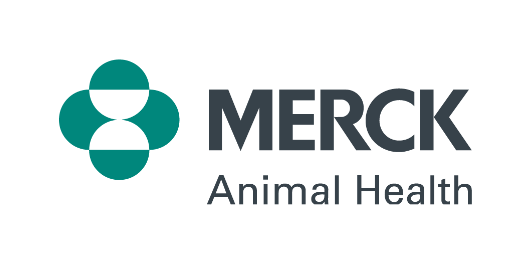
Youngstock: Why the Young Matter Most on Every Cattle Farm
Youngstock are more than a stage of life on the farm, they are the future. Healthy calves and weanlings grow into productive cows and bulls that determine a herd’s longevity, fertility and financial return. Yet, paradoxically they are also the most vulnerable animals on the farm. High rates of illness and death in youngstock not only reduce future productivity, they drive up costs today, increase labor demands and weigh on staff morale. That’s why preventing disease in the youngest animals matters so much.
Why youngstock are high risk Calves enter the world with an immature immune system. Until they receive protective antibodies from colostrum and develop their own defenses, they are highly susceptible to both enteric (gut) and respiratory infections. Management variation between farms makes consistent protection difficult. Add stressors such as weaning, transport, mixing groups or poor nutrition, and risk rises further. Economically, rearing youngstock is usually the second-largest fixed cost after feed, so problems in this group hit margins hard.
Simple actions with long-term payoff Preventing disease in youngstock is an investment that pays out for years. Good husbandry in early life influences health and performance up to three years later. Four practical, high-impact pillars can transform outcomes:
- Good colostrum: Timely, high-quality colostrum is the calf’s first line of defense. Ensuring calves receive enough clean, warm colostrum within the first hours after birth dramatically lowers early illness and mortality. Newer vaccines offer protection to newborn calves at birth by being administered to pregnant cows in their third trimester, not directly to the calf at birth. The vaccine causes the cow to produce antibodies in her colostrum, which are then transferred to the calf when it is fed colostrum after birth, helping to reduce clinical signs of Cryptosporidium infection like diarrhea.
- Good nutrition: Balanced, consistent feeding supports immune development, steady growth and resilience to stress. Under- or over-feeding in the early weeks has lasting consequences.
- Low infection pressure: Separation of age groups, careful movement protocols, quarantine of sick animals and vaccination where appropriate reduce the load of infectious agents in the environment.
- Healthy environment: Clean, dry, well-ventilated housing and appropriate stocking densities limit respiratory and enteric disease spread.
Protecting youngstock is one of the highest-return investments a cattle enterprise can make. By combining timely colostrum management, good nutrition, reduced infection pressure, a healthy environment and targeted vaccination — supported by practical checklists and modern technology — farmers can cut disease, reduce costs and build a stronger herd for years to come. Healthy calves today mean productive cows tomorrow.
